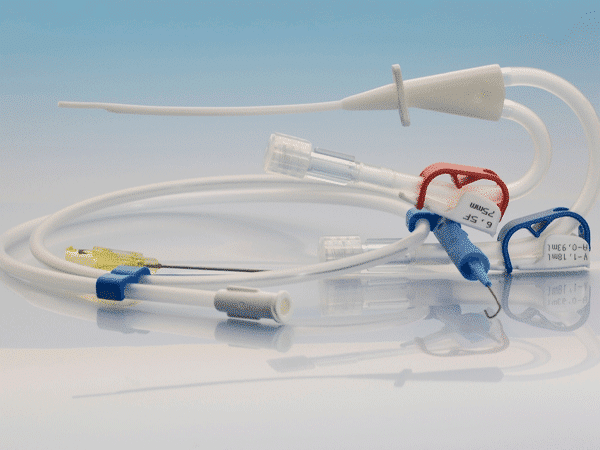Vascular Access for Hemodialysis (HD)
One of the most important steps prior to starting Hemodialysis is preparing a vascular access, which refers to a particular site on the body from which the blood could be removed and returned. A vascular access is often prepared several weeks or months before the Hemodialysis commences. A prominent advantage of vascular access is that it enables easier and efficient removal and replacement of blood, and that too, with minimal complications. A standard Hemodialysis treatment involves the continual processing of around 200-500 ml of blood per minute over a 2-6 hour period, and is usually performed 2 or 3 times per week.
This process should always be prepared weeks or months prior to dialysis. This prompt preparation facilitates efficient removal and replacement of the blood with fewer risks or complications. A properly functioning vascular access should have these characteristics:

- Perfectly safe and well tolerated
- Involves less complications
- Provides continuous access to circulation
- Provides continuous flow of blood of around 200-500 mL per minute
- Easy to place and easy to use
- Fully acceptable to the patient
- Painless and cosmetically acceptable
The three important types of vascular access for Hemodialysis are – an Arteriovenous (AV) fistula, an AV graft, and a Venous catheter.

